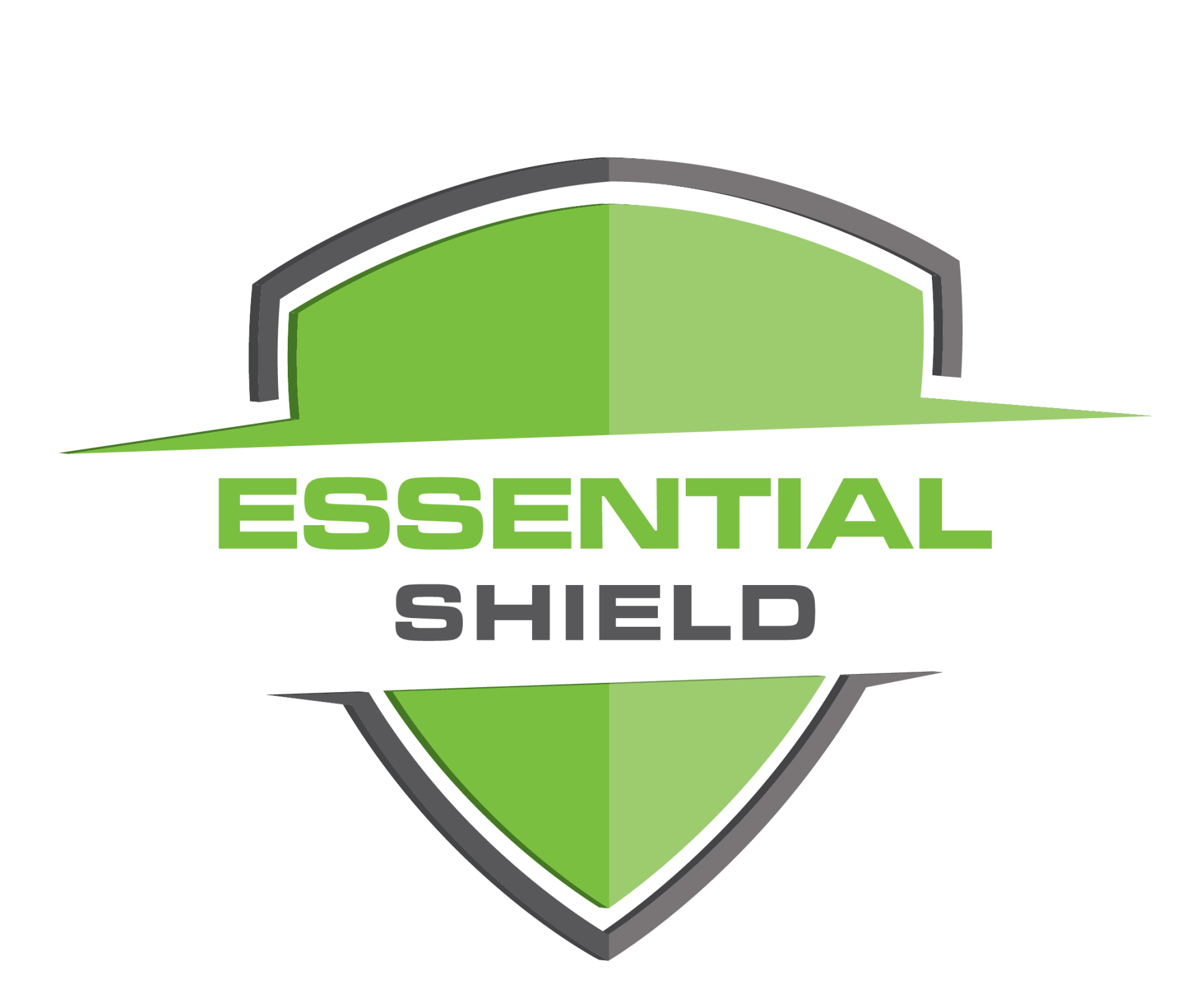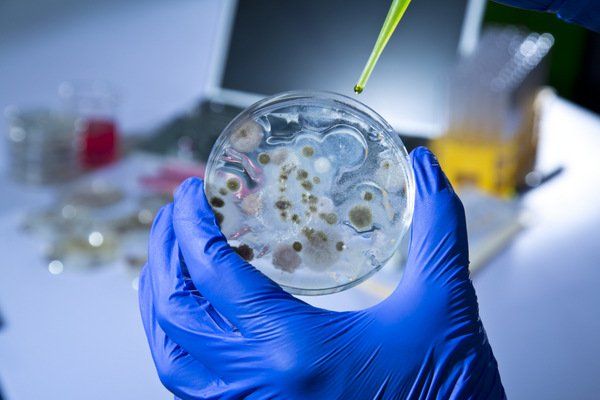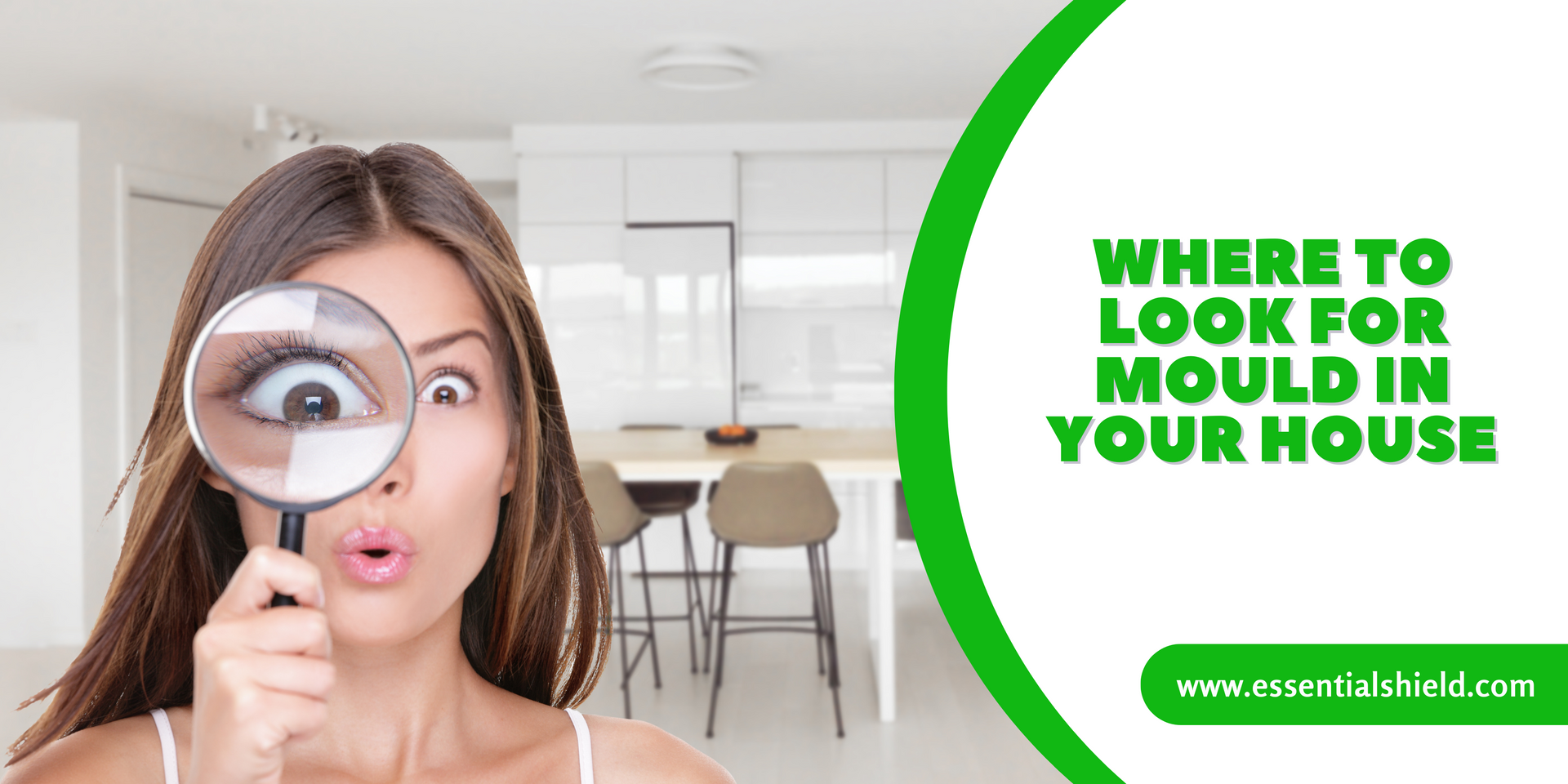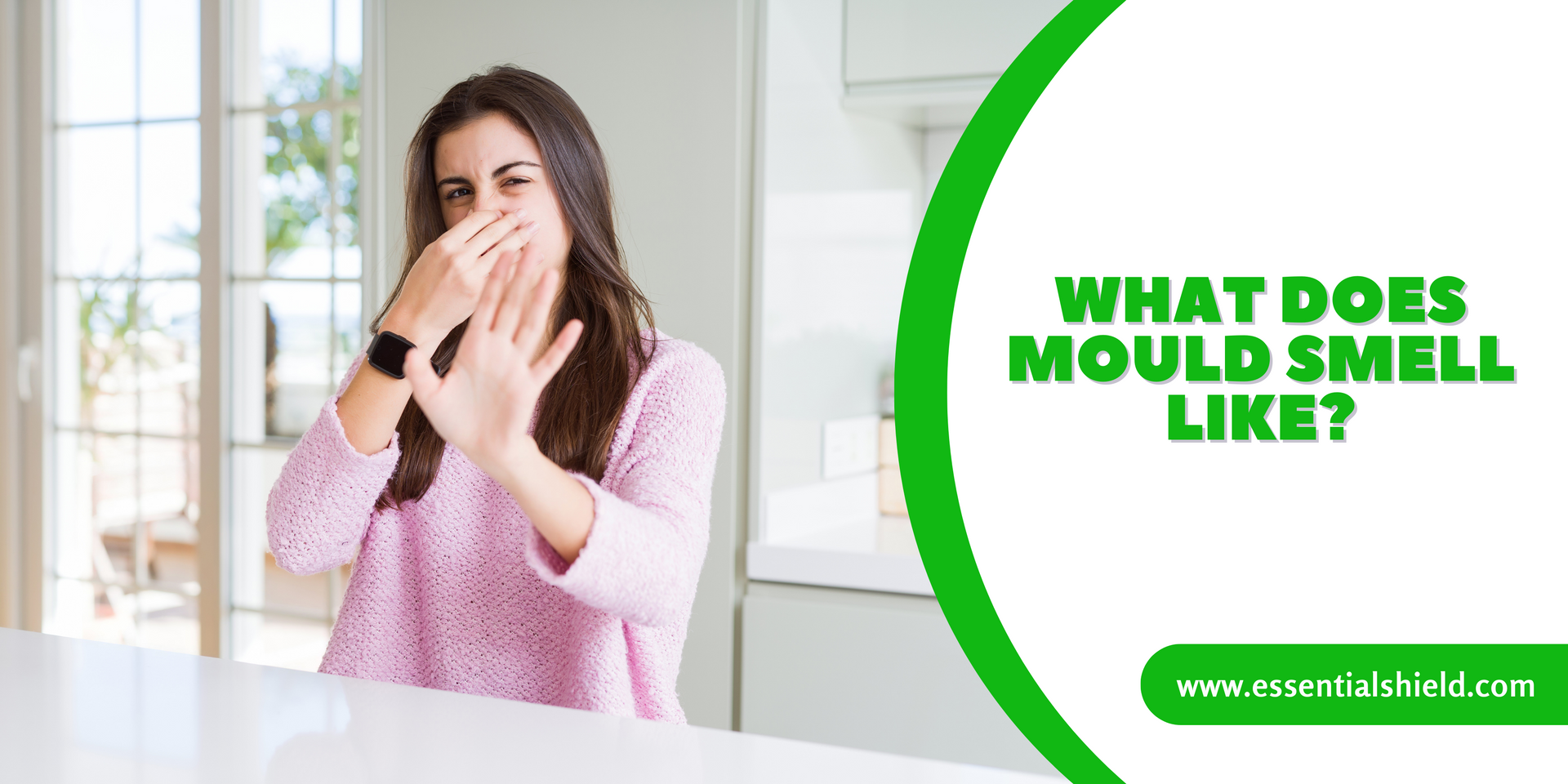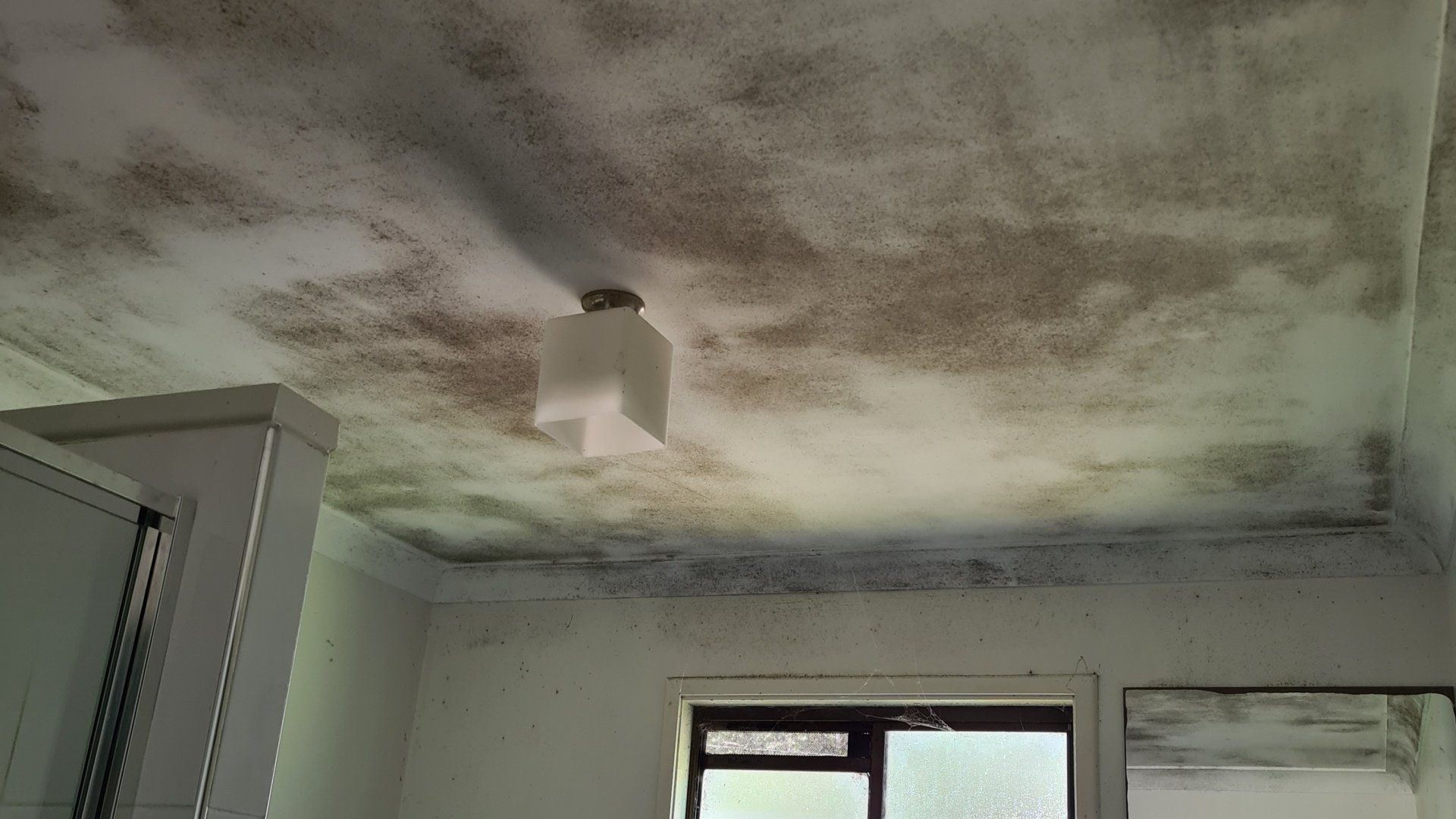What you need to know about toxic mould and what you can do about it.
Mycotoxins are poisonous substances produced by fungi and which have adverse health effects on humans.
What you need to know about toxic mould and what you can do about it.
Only recently has mould been identified as a possible cause of adverse health effects. Today, certain fungi and mould are known to be responsible for allergies, hypersensitivity pneumonitis, humidifier fever, infections, mushroom poisoning, mycotoxicoses, mucous membrane irritation, and many other ailments.
A few examples of
fungi/mould species that can be hazardous to human health include Penicillium, Aspergillus, Stachybotrys, Paecilomyces, and Fusarium.
Toxic Mould - What you need to know.
Mould is a fungus as mildew, yeasts, and large mushrooms. Fungi require organic material to form and expand. When damp conditions are present, mould can grow on such diverse materials as wood, carpet, insulation, cloth, and all types of food.
Mould grows in our homes in moist warm areas like damp basements, closets, and bathrooms, even after the moisture has dried. Also, mould can grow in places where fresh food is stored, refrigerator drip trays, house plants, humidifiers, garbage pails, mattresses, upholstered furniture, or foam rubber pillows.
Most problematically, mould can grow inside wall cavities and flooring of our homes, wherever there may be cellulose materials such as wood, ceiling tiles, or plasterboard, which have sustained water damage due to plumbing or roof leak. Mould typically reproduces through spores which are released into the air to germinate and expand out in elaborate networks.
Factors that determine the rate of this growth include amount of moisture, temperature, and availability of food or organic material.
What are Mycotoxins?
Mycotoxins are poisonous substances produced by fungi and have adverse health effects on humans. They tend to concentrate in fungal spores and present a potential hazard.
When inhaled, spores can begin to colonize in the sinuses and throughout the body, including the brain, lungs and gut after a period of time. The effect on humans will depend on the type of mould involved, the metabolic by-product of the mould, as well as how much contact there is, the length of exposure, and the level of susceptibility.
Dangerous
mould species include Stachybotrystra, Aspergillus Versicolor, and several toxigenic species of Penicillium.
Health Effects of Toxic Mould
Although
mould affects individuals differently and to different degrees, the following are some of the most common adverse health effects:
• Respiratory problems - wheezing and breathing difficulty
• Nasal and sinus congestion
• Eyes-burning, watery, reddened, blurry vision, light sensitivity
• Dry, hacking cough
• Sore throat
• Nose and throat irritation
• Shortness of breath and lung disease
• Chronic fatigue
• Skin irritation
•Central nervous system problems e.g. constant headaches, loss of memory, and mood
changes
• Aches and pains
• Fever
• Headaches
• Diarrhoea
• Immune suppression
Volatile Compounds (VOCs) in building materials, paints, plastics, and cleaners found in and around homes can irritate the mucous membranes of the eyes and respiratory system. It is thought that fungi can compound this problem when breaking down certain organic substances resulting in symptoms including lowered attention span, headaches, lack of concentration, and dizziness.
Some individuals have very strong reactions to the smells given off by moulds including headache, nasal stuffiness, nausea or even vomiting.
Recent studies have revealed greater rates of poisonous fungal species in poorly maintained offices/homes with water damage or moisture problems.
Within the last two decades, there has been significant recognition of the dangers associated with damp, moist, and wet indoor environments.
At one time it was thought that bacteria or viruses were responsible for many of the health problems within buildings. Today, many home and workplace-related ailments are now being attributed wholly or, in part, to
fungi and mould and we are becoming much more aware of indoor air quality issues.
Toxic Mould Prevention
The most important consideration in toxic mould prevention is that fungi and mould need a moist, wet, or damp environment to thrive. By maintaining a clean, dry home or workplace, dangerous mould species cannot grow.
Regardless of the type of mould that is found in a particular home, its occupant's safety depends on the size of the mould manifestation where an infestation roughly greater than 2 square feet becomes a concern especially if mould has infested household items like insulation, drywall, or carpet.
If so, these materials should be immediately extracted, replaced with a non-cellulose material, and the source of the dampness or wetness removed.
Sources in and around homes that can create a dangerous environment include leaky or broken pipes, windows or older doors that lack good seals, roofs that leak, and any cracks or holes in the building. If flooding has occurred, it is extremely important to make sure that the water is thoroughly dried up to avoid festering water or dampness.
In addition, reducing the humidity through the use of a dehumidifier can prevent the growth of dangerous toxic mould.
All buildings
should undergo scheduled maintenance
that includes inspection for water leaks, problem seals around windows and doors, as well as checks for visible
mould in moist or damp parts of the building. Any conditions that could be a possible cause of
mould or fungi growth should be corrected to prevent possible problems in the future.
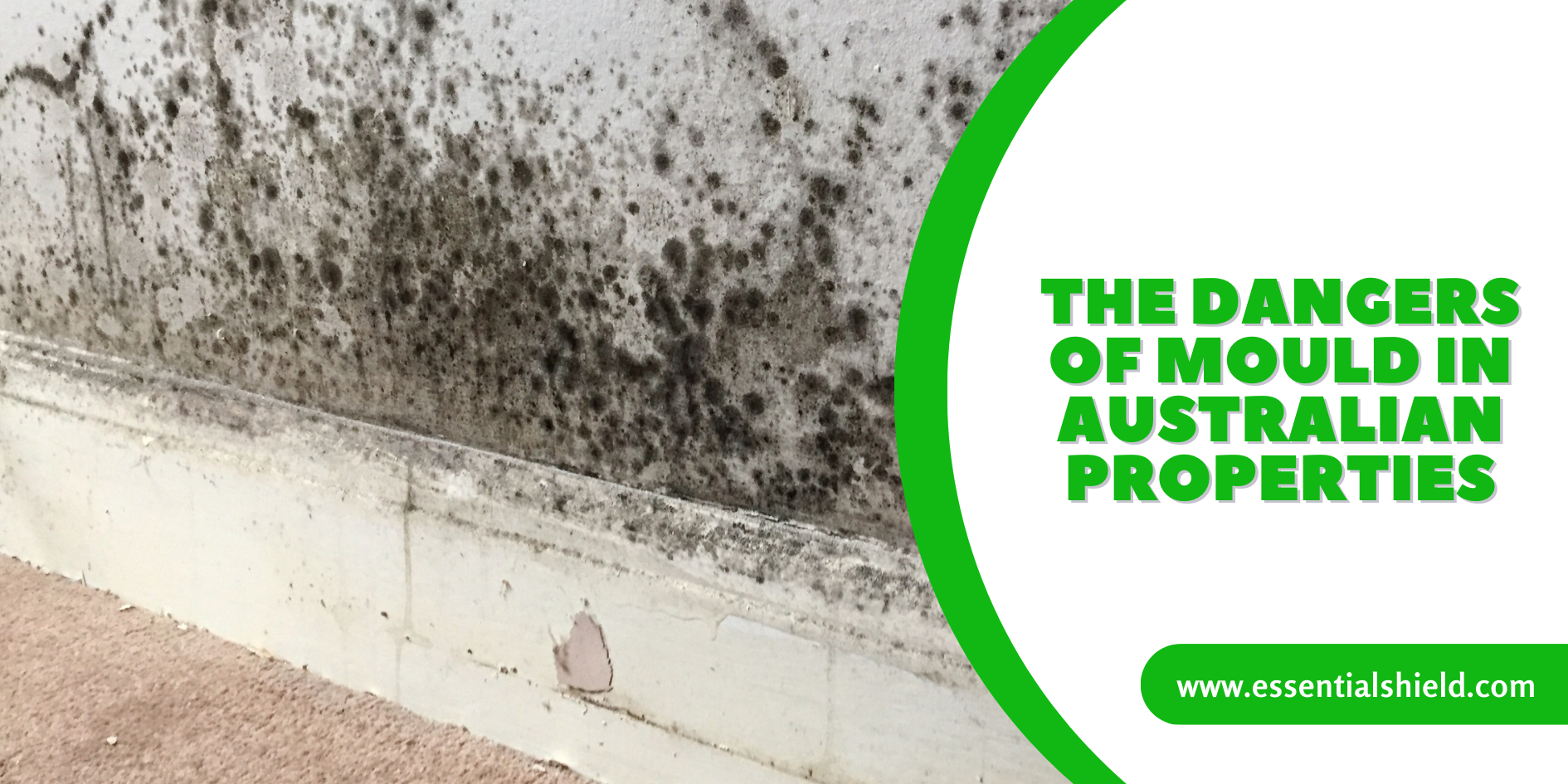
Australian Shipping Only : Flat rate of $14.95 for orders under $100.00 (Product total). Free for over $100.00.
TRADING HOURS
Monday to Friday 7:30a.m to 5:00p.m
QUICK LINKS
SHOP
MOULD REMOVAL
Website Design by Organic Crawl
